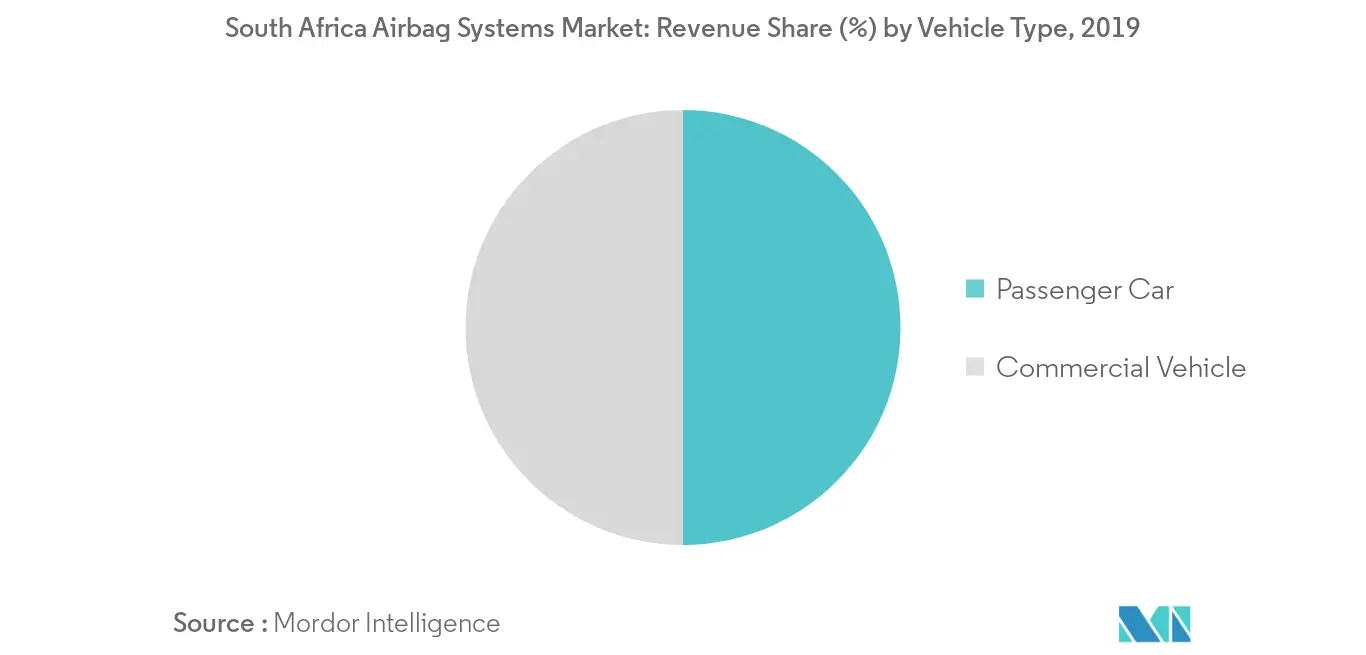Market Trends of South Africa Airbag Systems Industry
This section covers the major market trends shaping the South Africa Airbag Systems Market according to our research experts:
Hybrid Inflator Segment is Growing with a High Rate
The hybrid inflator working principle involves a combination of both stored gas and pyrotechnic technologies. It uses compressed gas and a combustion reaction in a single device. Though hybrid inflators have been eco-friendlier compared to that of pyrotechnic inflators, the former exhibited some disadvantages, such as design complexity, additional space and size, high cost, and longer deployment time compared to that of pyrotechnic inflators.
However, hybrid inflators will take a considerable time to replace pyrotechnic inflators completely in the automotive industry. But, with the growing improvement in production and design, hybrid inflators have been increasingly preferred in passenger airbags, knee airbags, and curtain airbags in the automotive industry.
As a result, OEM's are finding a balance between cost, performance, and safety. OEMs have started offering driver airbags as a basic feature owing to regulatory bodies that previously came with additional cost, while all the premium cars are also equipped with airbags including knee airbags, rear passenger airbags, and more. With the growing a trend of demand for more safety In South Africa, the Airbags Systems Market is expected to witness a positive growth for the forecasted period.

Automotive Sales Driving Growth of The Airbag Systems Market
South Africa has an active automotive sector which contributes to around 6.9% of the country's overall GDP. The industry employs around 120,000 people in vehicle and component production and witnesses an annual investment of more than R12 billion. Major automobile companies such as BMW, Volkswagen, Toyota, Renault, Nissan and Ford manufacture vehicles in South Africa for local sale and for exports. Many of the air bag manufacturers are making sizeable investments in the country, leading to a further increase in automotive and OEM production.
South Africa has revamped its automotive industry with the introduction of South African Automotive Masterplan (SAAM) in 2019. The government has set a target of raising local content from 39% currently to 60% by 2035. It also plans to achieve 1% of the total global vehicle production by 2035. Doubling the total employment in the sector to 240,000 people, achieving industry transformation across the value chain and deepening value addition across selected commodities are also expected to help the industry grow over the forecast period.
In May 2020, South Africa's automotive industry has proposed a few liquidity relief measures to President Cyril Ramaphosa to reduce the industry's cash flow challenges and ensure its survival post-COVID-19. The proposals will also safeguard the lives of more than 500 000 employees across the automotive industry value chain during the lockdown.
With growing developments in the automotive sector in the country, airbags systems is expected to grow for the forecasted period.


